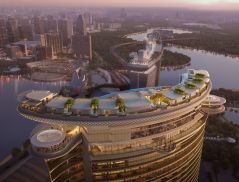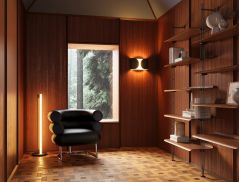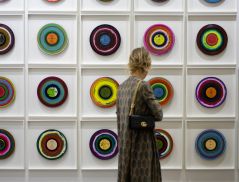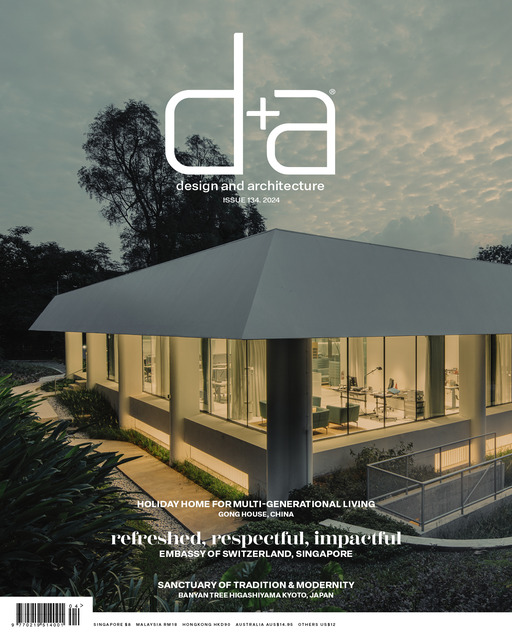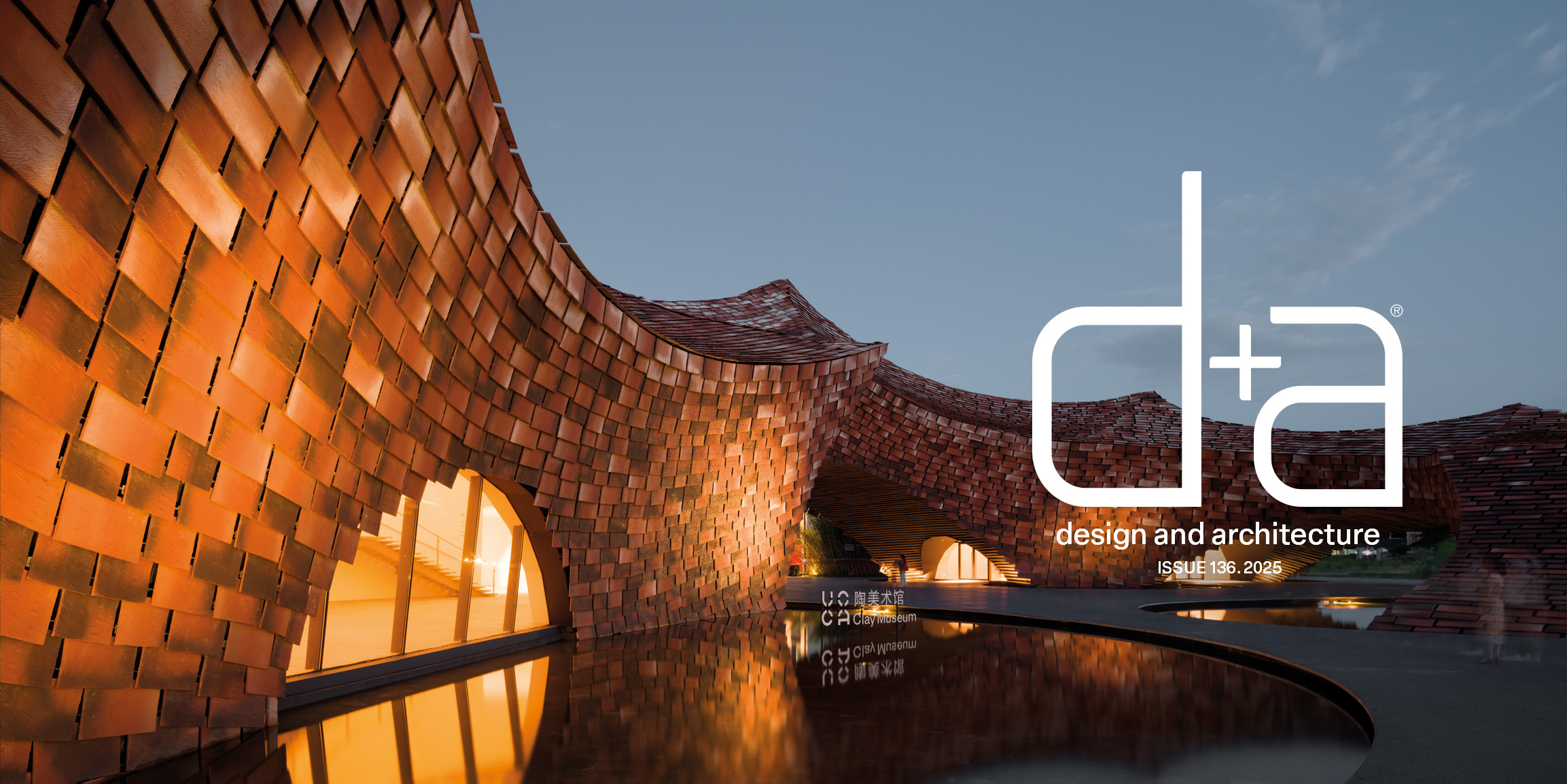
As we wrap up 2025, this issue of D+A celebrates projects that take the weight of heritage and industrial legacy, and recast them as cultural and design landmarks for today.
In Yixing, China, UCCA Clay by Kengo Kuma & Associates draws its inspiration from the region’s 7,000 years of ceramic production. New life has been injected to this region, thanks to this museum dedicated to clay, craft, and culture — anchoring the town’s ambition to become an international ceramics centre. With its porous, tactile architecture, the museum is not only a showcase of tradition but also a blueprint for cultural regeneration.
South Korea offers another story of reinvention. In Gwangyang, the site of POSCO Steelworks — one of the world’s largest steel plants — has been transformed into Park1538, a cultural and educational facility that bridges industry with art. Once closed to the public, the grounds now welcome citizens with exhibitions, workshops, and public programmes. The shift is both symbolic and spatial: from infrastructure built to serve production, to an open civic commons that integrates steel, landscape, and cultural programming. Here, the legacy of heavy industry finds a second life as cultural capital.
Craft remains a strong current across other projects we feature in this edition. In Yeongwol-gun near Seoul, the Hanok Heritage House revises the centuries-old principles of hanok architecture through technological innovation. Its latest addition, the Seondoljung Pavilion, balances exhibition spaces and private suites with a garden and cultural performance venue. The project demonstrates how ancestral wisdom and contemporary needs can be held in delicate equilibrium, producing spaces that feel both rooted and relevant.
Thailand’s Sakon Nakhon city offers yet another perspective with the pitched-roofed and timber-framed Indigo Loom House, designed by Chat Architects. Here, weaving is more than production; it is a social ritual, a gathering of artisans and neighbours to exchange stories, techniques, and community spirit.
Together, these projects show that architecture in Asia is increasingly not about creating monuments for the few, but living spaces of culture, craft, and memory for the many. They also remind us that the past is not static — it is a foundation from which new narratives can rise.


 Share
Share
